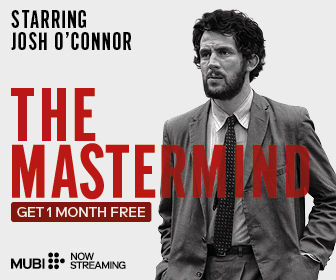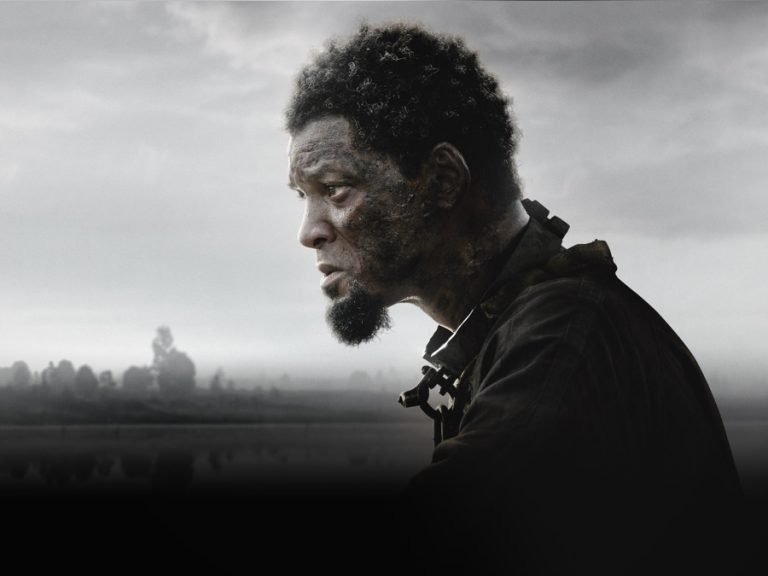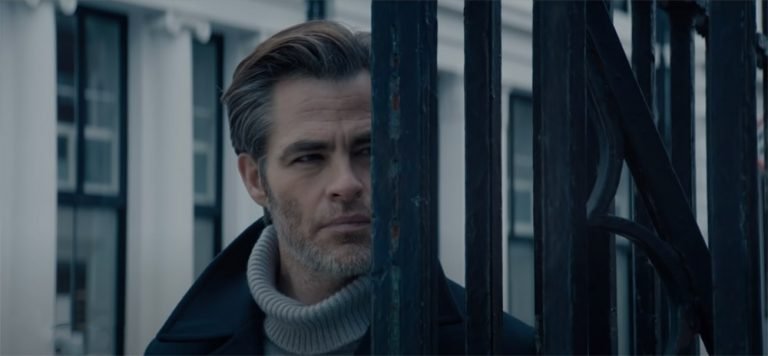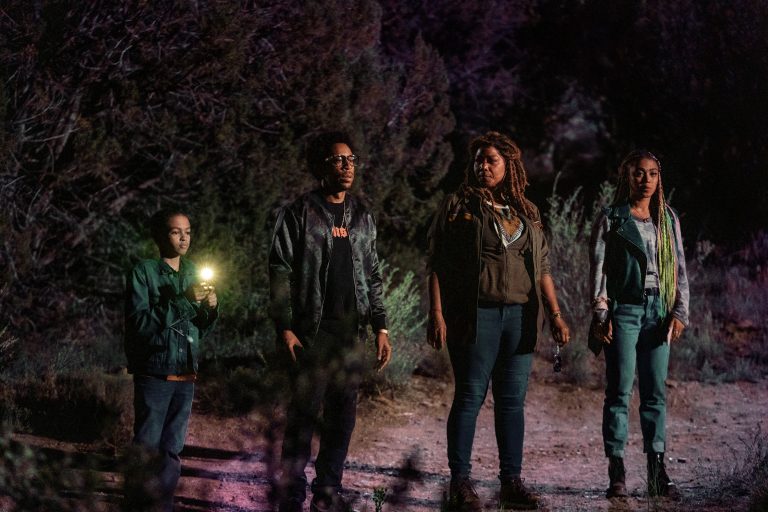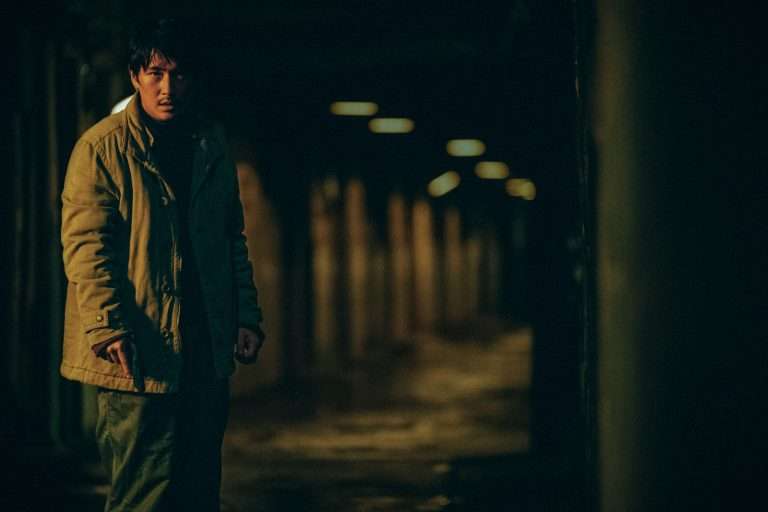Craig Zahler’s Brawl in Cell Block 99 (2017) resists the conventions of a typical prison thriller. What unfolds instead is a brutal, slow-burning descent into a personal hell—less a spectacle of violence than an unflinching study of character. At its center is Bradley Thomas (Vince Vaughn), a man whose placid exterior conceals a simmering, volcanic rage. Beneath the bone-crunching brutality, the film is not merely about violence but about loyalty, sacrifice, and the terrifying extremes a man will endure to safeguard his family.
Spoilers Ahead
Brawl in Cell Block 99 (2017) Plot Summary & Movie Synopsis:
Who is Bradley Thomas?
Bradley is presented as a working-class man already at the edge of desperation. He gets fired from his job at an auto repair shop. When he learns that his wife Lauren (Jennifer Carpenter) has cheated on him, he has a violent yet curiously restrained reaction: he wrecks her car instead of punching her. This act characterizes him. He is a dangerous man, but his violence is always controlled. Even after Lauren tells him of her infidelity, Bradley accepts her. Instead, he forgives her and reframes their marriage as one that is broken but redeemable.
Their marriage, as cracked and difficult as it may be, is infinitely valuable to Bradley, and Lauren means a great deal to him. This moment is instrumental in Bradley’s later decisions. Bradley is not a violent man; he is a man who values his marriage and family as the only things worth fighting for. His turn towards drug trafficking is not morally reprehensible to him. In his mind, it is the first step in rescuing their future.
How Does Bradley’s Life Change After Eighteen Months?
When the story jumps forward, Bradley and Lauren are expecting a child. His work for Gil (Marc Blucas) has lifted them out of hardship, but this stability comes at a price. Bradley is pragmatic. He knows the danger but accepts it as the cost of security. The turning point comes when Gil introduces him to Eleazar (Dion Mucciacito) and his men. Bradley distrusts Eleazar’s crew, especially Roman, recognizing recklessness where discipline is required.
His instincts prove correct: the drug pickup turns into a police ambush. When Eleazar’s men refuse his order to ditch the meth and instead engage in a shootout, Bradley intervenes, attacking his own side to limit bloodshed. This act, siding with principle over profit, shows his moral code. Yet, his refusal to cooperate with the authorities lands him in prison with a seven-year sentence.
Why Does Bradley Agree to Kill an Inmate in Cell Block 99?
In prison, Bradley’s situation escalates when Eleazar retaliates. The Placid Man (Udo Kier), Eleazar’s eerie and calm henchman, threatens Bradley’s unborn child with mutilation unless Bradley assassinates a man in Redleaf prison’s Cell Block 99. Bradley doesn’t hesitate. His path is clear: protecting his wife and unborn child is absolute. What follows is his deliberate escalation of violence, fighting guards and inmates, because he knows the only way to reach Redleaf’s most feared wing is to be labeled as irredeemable. Every punch, every broken bone is not out of anger but strategy. Bradley weaponizes his rage as a tool to reach his ultimate goal.
What Happens Inside Cell Block 99?
Once in Redleaf, Bradley discovers the cruel irony: there is no assassination target. Eleazar’s demand was a setup, a way to trap him in misery. Here, the film reveals its heart. Bradley’s battle isn’t against an individual enemy, but against a system of cruelty designed to strip him of hope. Instead of breaking, Bradley doubles down. He dismantles Eleazar’s crew in a series of gruesome, calculated fights. His violence escalates in brutality, not because he enjoys it, but because it is the only language that men like Eleazar and Warden Tuggs (Don Johnson) understand.
Why Does Bradley Kill Eleazar Instead of Escaping?
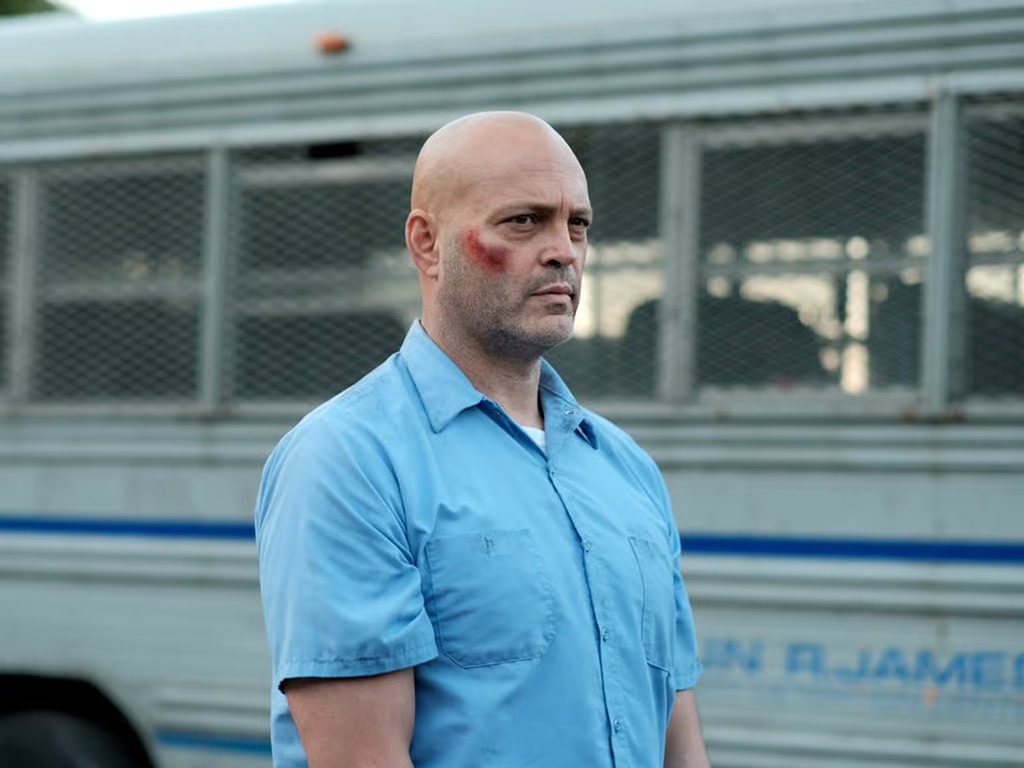
When Eleazar finally orders his doctor to harm Lauren’s unborn child, Bradley seizes control. Torturing Eleazar, he forces him to call off the operation. Outside the prison walls, his plan works: Gil ambushes Eleazar’s men, saving Lauren and ensuring the safety of their baby. Bradley could stop here. His mission is technically complete. But he doesn’t. Instead, he executes Eleazar, severing the threat permanently. For Bradley, leaving Eleazar alive would mean perpetual danger for his family. By killing him, Bradley ensures Lauren and their unborn child are safe, even if it costs him his life.
Brawl in Cell Block 99 (2017) Movie Ending Explained:
Why Does Bradley Choose Sacrifice Over Survival?
Bradley’s final choice is the logical end of a code he’s been living by since the first scene: he will absorb harm so his family doesn’t have to. His violence is never impulsive self-indulgence; it’s instrumental. When he destroys Lauren’s car instead of striking her, he redirects rage away from people he loves. When he forgives her infidelity, he assumes responsibility for rebuilding their life, then chooses trafficking as a ‘means to an end.’ That decision invites predators like Eleazar into their orbit, and Bradley implicitly accepts the moral debt that follows.
The Placid Man’s threat reframes Bradley’s world into a binary: either he becomes an instrument of cruelty, or he destroys the instruments themselves. Refusing to snitch, he rejects institutional relief. He undertakes a private, methodical escalation, picking fights, breaking bones, and forcing transfers, because the only path to his family’s safety runs through Redleaf and, ultimately, Eleazar. Each brawl is a step on a staircase he builds with his own body.
Inside Redleaf, the revelation that the ‘target’ doesn’t exist proves the system’s bad faith; Bradley isn’t meant to complete a task but to be permanently controlled. That clarifies his calculus. Roman’s recklessness and the doctor’s surgical threat show Eleazar’s reach: even if Bradley survives, leverage over Lauren and the unborn child remains. He therefore chooses permanence over palliative measures, dismantling Eleazar’s crew and, crucially, forcing the call that halts the fetal mutilation. Gil’s counterstrike completes the external half of Bradley’s plan: a trustworthy ally removes the immediate threat and arms Lauren, restoring her agency.
Only then does Bradley kill Eleazar. It is not revenge that flourishes for its own sake; it is risk elimination. Leaving Eleazar alive would mean a lifetime of reprisals conducted through proxies, such as the Placid Man. By executing the source, Bradley shortens the danger curve to zero, even if it shortens his life to moments. Finally, he accepts Tuggs’s execution without bargaining.
Living on would keep Lauren vulnerable to new coercion. Dying ends his utility as leverage and seals his atonement for the criminal path that endangered them. In Zahler’s bleak moral universe, where institutions prioritize power over people, Bradley’s sacrificial death is coherent: he converts his capacity for harm into a single, final act of protection, trading his future so that his child can have one.

